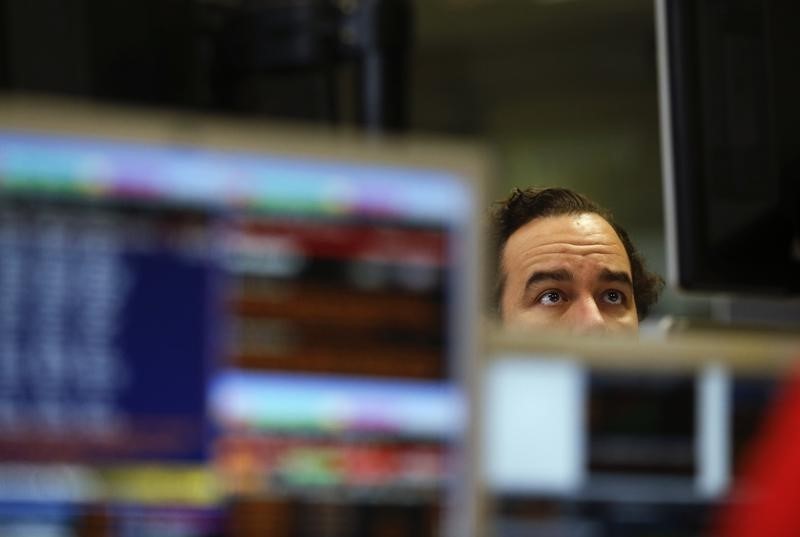This post was originally published on this site
https://i-invdn-com.akamaized.net/trkd-images/LYNXMPEH1O05L_L.jpg
HONG KONG/LONDON (Reuters) – Standard Chartered PLC (L:STAN) on Thursday restored its dividend and reaffirmed its long-term profit goals, in a show of confidence about its ability to recover from the impact of the COVID-19 pandemic even as its annual profit more than halved.
StanChart, noted however, that overall income in 2021 is likely to be similar to 2020’s because of the impact of global interest rate cuts for the first half of this year.
The London-headquartered lender, which earns the bulk of its revenue in Asia, said it would return capital to investors via a 9 cents per share dividend and $254 million buyback, with the total payout being the maximum permitted under temporary ‘guardrails’ set by the Bank of England.
The central bank last year told Britain’s largest lenders to suspend dividend payments and share buybacks for 2020 to help them maintain capital buffers against an expected hit to loan books from the pandemic.
“Having now resumed it, we expect to be able to increase the full-year dividend per share over time as we execute our strategy and progress towards a 10% return on tangible equity,” Jose Vinals, Standard Chartered’s chairman, said in the exchange filing.
The bank also said its return on tangible equity, a key profit metric, would climb from 3% to 7% by 2023.
StanChart’s Hong Kong listed shares fell as much as 1.9% after the results were published.
HIGHER BAD LOANS
StanChart posted a 57% fall in annual profit for 2020, missing analyst estimates, on higher credit impairments due to the COVID-19 pandemic.
Its pretax profit was $1.61 billion, compared with $3.71 billion in 2019 and the $1.85 billion average of analyst forecasts compiled by the bank.
Credit impairments last year more than doubled compared with a year earlier to $2.3 billion because of the pandemic, the bank said, but noted that two thirds of these charges were taken in the first half of the year.
However, in common with U.S. and European peers, StanChart saw strong performance from its investment bank, as pandemic-related market volatility in 2020 drove frenzied trading.
Income in its financial markets division rose 18%, driven by a 53% increase in income from trading interest rate-related products.

